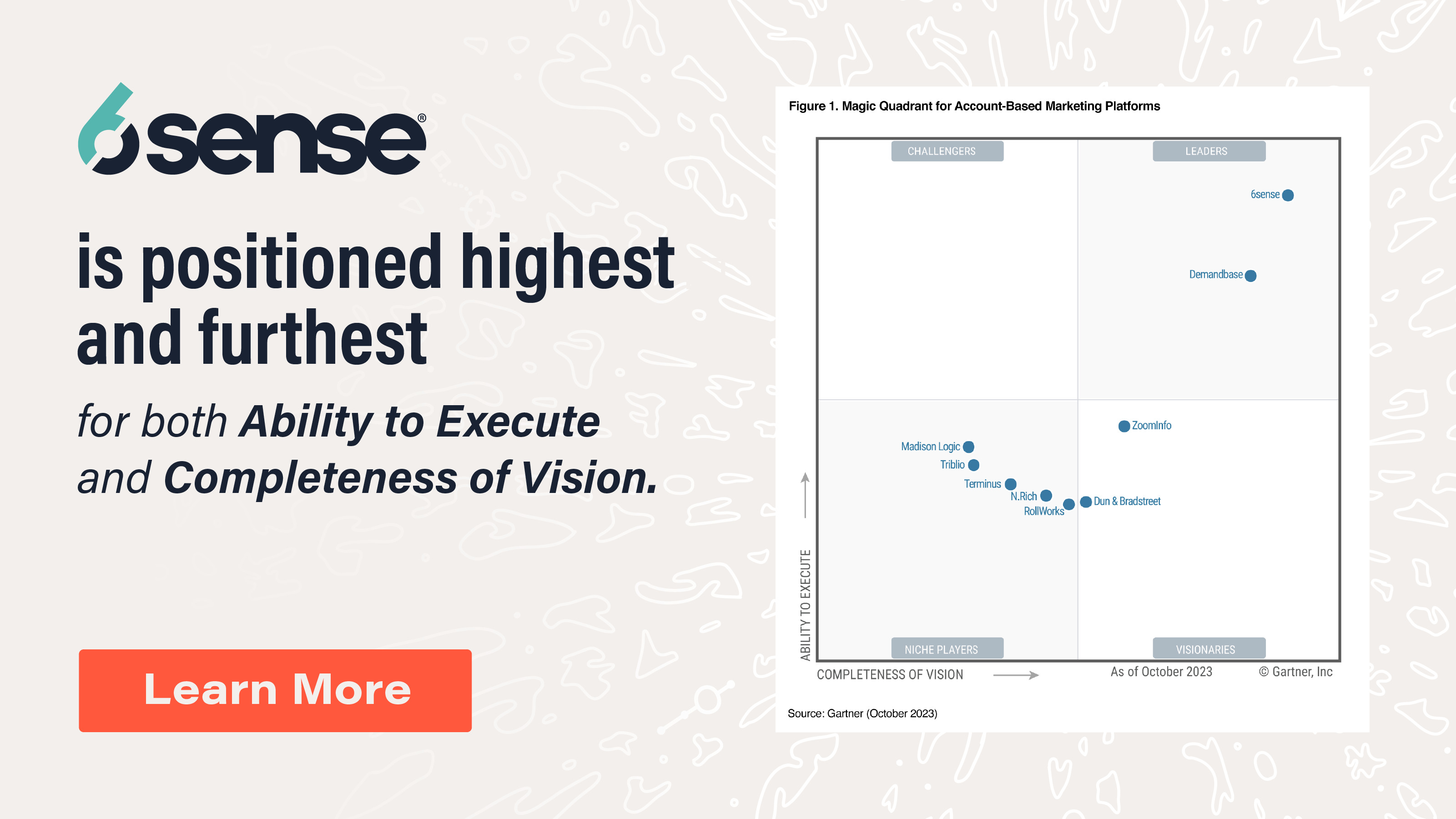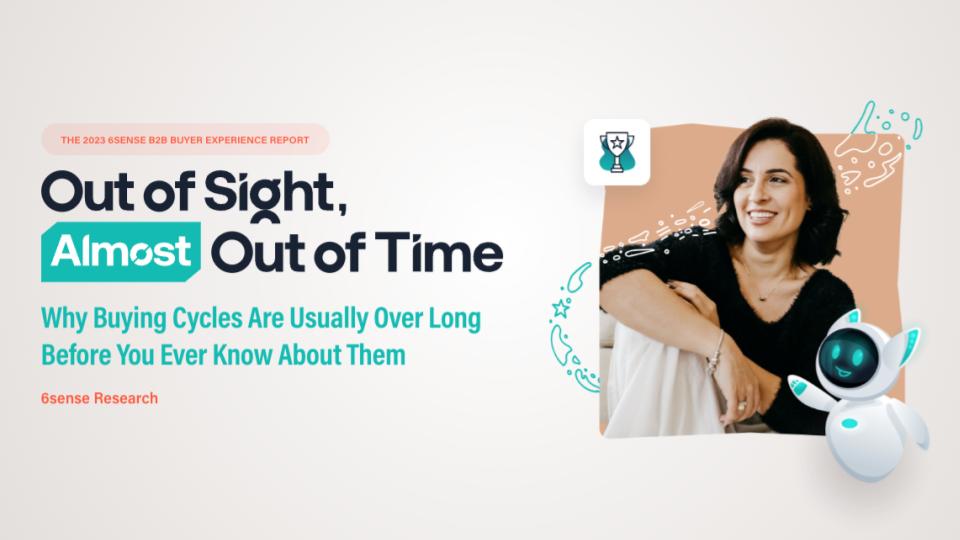This is the second of a series about Sales Development. As mentioned there, the Sales development process has distinct steps each of which needs different skillsets and tools. In this article, we attempt to outline the tasks involved at every stage and the tools necessary.
Stage #1 Product and Market Knowledge

This is the first step and a prerequisite for carrying out any activity in the sales development process. The Sales Development Executive (SDE) seeks to build an in-depth knowledge of the product, target market, pain points, value proposition, use cases, pricing, and key customers along with how they use it.
Why make the extra effort to learn about customers and how they use the product? Because that gives a deep practical understanding and not merely theoretical knowledge. This helps have conviction about the offering which will show in communications with prospects as well.
Stage #2: Identifying and Qualifying Leads

This is perhaps the most important step. The SDE finds prospects that fit the buyer persona (basically those who are most likely to buy based on a number of criteria such as the location, industry, company size, designation, etc). This ensures that the meetings set up are meaningful for the prospect as well as the Account Executive.
Identifying leads can happen from various sources. Social media including Linkedin, Twitter, and Facebook can be very effective. For B2B prospects, Linkedin would be the best bet. Industry/vertical-centric platforms can be effective too. For example, Shopify is a great source for eCommerce leads. Github would be a great way to identify technology decision makers. Many organizations choose to buy lists or subscribe to products that help with lead generation.
The next step is to remove the noise and get to quality leads. This is where the SDE compares a lead with the buyer persona to check if s/he fits the bill. The general criteria used to qualify leads are:
Need – does the prospect have a necessity for such a product?
Authority – is the prospect senior enough to take a decision?
Budget – do they have the necessary budget?
Timing – when can the prospect make a decision by?
After qualifying your leads, you can use lead distribution software to assign them to the most appropriate sales representative.
Stage #3: Contacting the lead

This can be broken into three distinct steps:
- Gathering contact information
- Crafting communication
- Getting in touch with the lead through various media
Contact details can be found in-house using tools such as the ones we described in this article or by subscribing to services that specialize in providing lead intel.
Once a prospect’s email or social handles have been discovered, the next step is to draft compelling content to engage and elicit a response from them. It’s always a better strategy to target prospects through multiple channels. One medium may not be (and usually is not) enough to capture their attention. Often, SDEs use a combination of Linkedin, Email, Twitter, or even Instagram.
Stage #4: Engaging with the lead and setting up meetings

Once the attention of the person has been caught, the next step is to engage with them with the end goal of getting a meeting (or demo). This is where knowledge gained in Stage 1 comes in handy. It requires the SDE to understand the prospect’s needs or questions and communicate effectively. Some qualification happens at this stage too especially when one encounters new information while interacting with the prospect.
The end result of the four stages is meetings (or demos/calls) with high-quality prospects. Better still, low-conversion prospects get weeded out. The conditions for deal closures are as conducive as they possibly could be hence setting AEs up for success.






